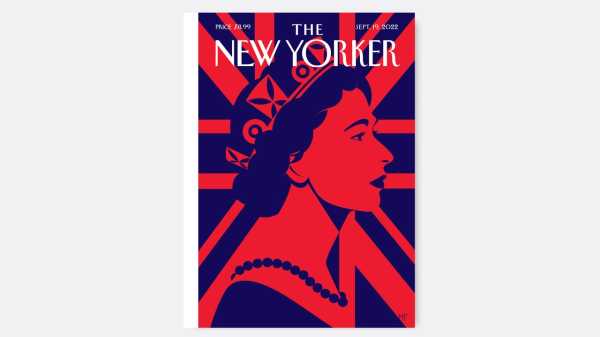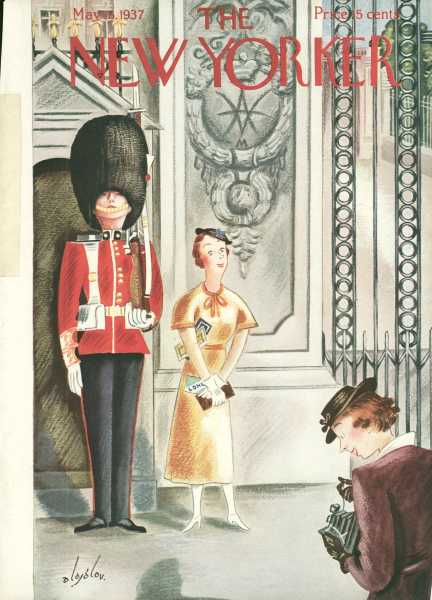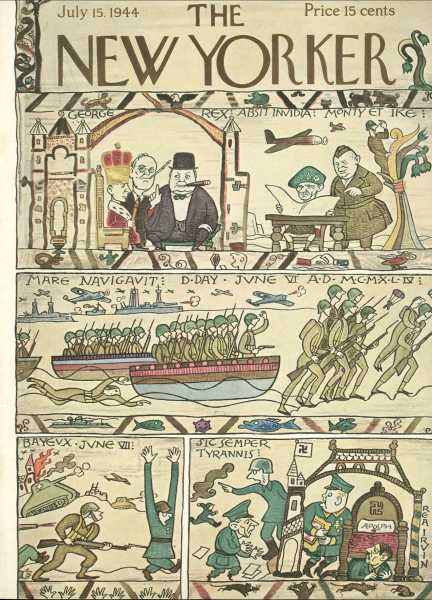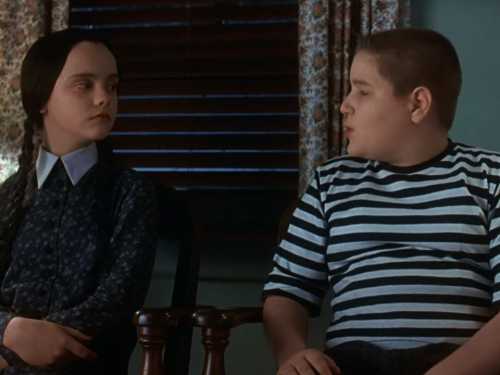
Queen Elizabeth II died on Thursday, at the age of ninety-six. During her seventy-year-long reign, the Queen presided over the dissolution of the British Empire. She was there for the creation of the European Union—and for Brexit. She was there for Churchill, for Thatcher, and, just last Tuesday, she was there to shake hands with the incoming Conservative Prime Minister, Liz Truss. On the cover of the September 19th issue, the artist Malika Favre, who lived in London for sixteen years, captures the indelible association between Britain and its longtime monarch.
For more on Elizabeth II, read:
Rebecca Mead’s Postscript:
By instinct, constitution, and training, the Queen knew that what was demanded of her was an almost superhuman splitting of self. She was the hereditary ornament of the nation—as impractical as the Crown Jewels, with which her coronation had been celebrated. At the same time, her modus operandi was founded on a principle not of display but of concealment. For her own self-preservation, and for the preservation of the institution that she embodied and led, it was often wise to withdraw behind a gilded curtain.
Sam Knight on Tina Brown’s latest book, about the House of Windsor, “The Palace Papers”:
The Queen decides. She elevates. She exiles. The rest of them sweat: about their annual allowance; their ridiculously discounted rents on apartments in Kensington Palace; the granting of a weekend cottage on the grounds of Sandringham; their access to the balcony of Buckingham Palace for big photo ops; their entry to the Knights of the Garter, a reward for not fucking things up too badly; their Instagram followers; today’s ghastliness in the MailOnline.
Mollie Panter-Downes’s 1953 dispatch from the coronation:
On Sunday, the nation asked God to save the Queen in services held in big cathedrals, in the dank Norman chill of little country churches, and on village greens under the undenominational sky. Having made their peace with Heaven, citizens spent Monday stocking up on the big day’s bodily needs.
See below for more covers celebrating the British:

“May 15,1937,” by Constantine Aladjalov

“January 3, 1942,” by Rea Irvin

“July 15,1944,” by Rea Irivin
Find Malika Favre’s covers, cartoons, and more at the Condé Nast Store.
Sourse: newyorker.com






